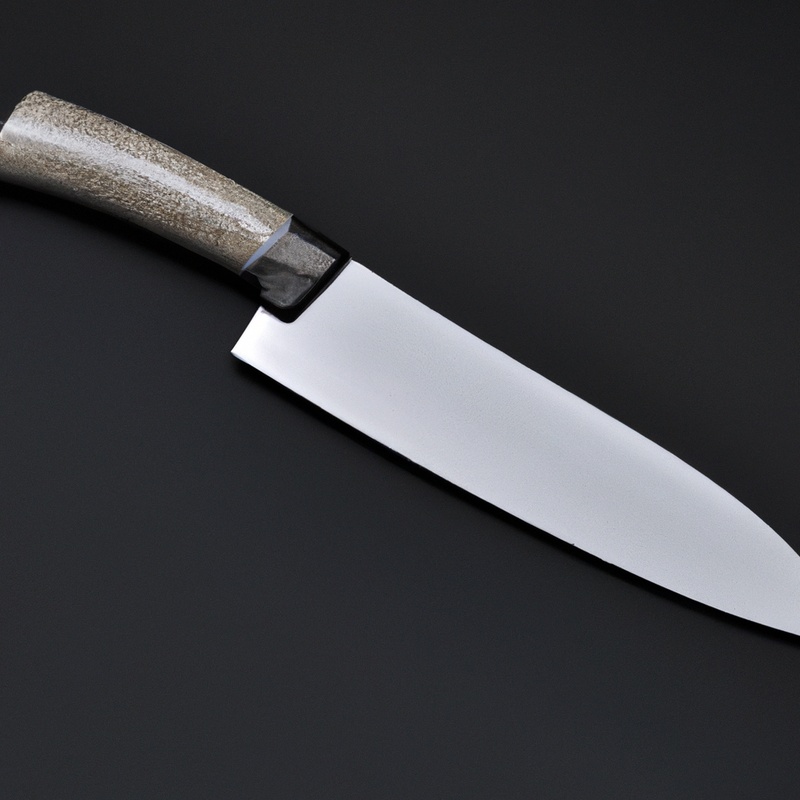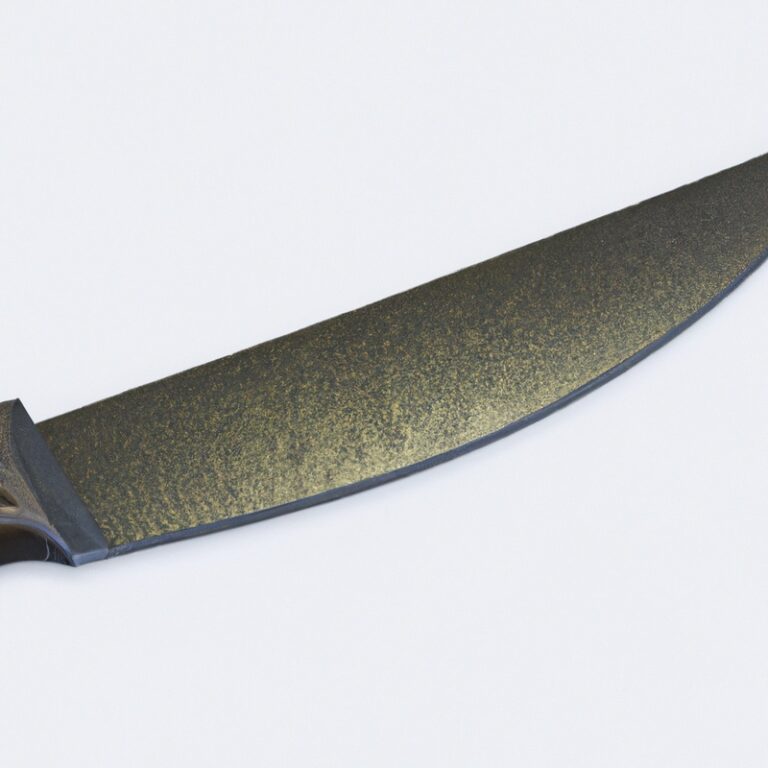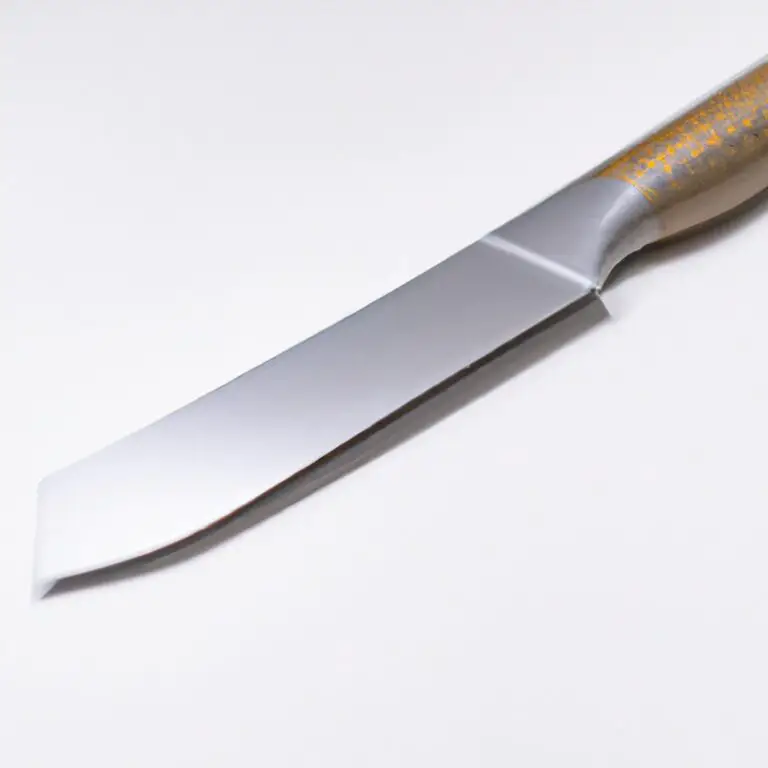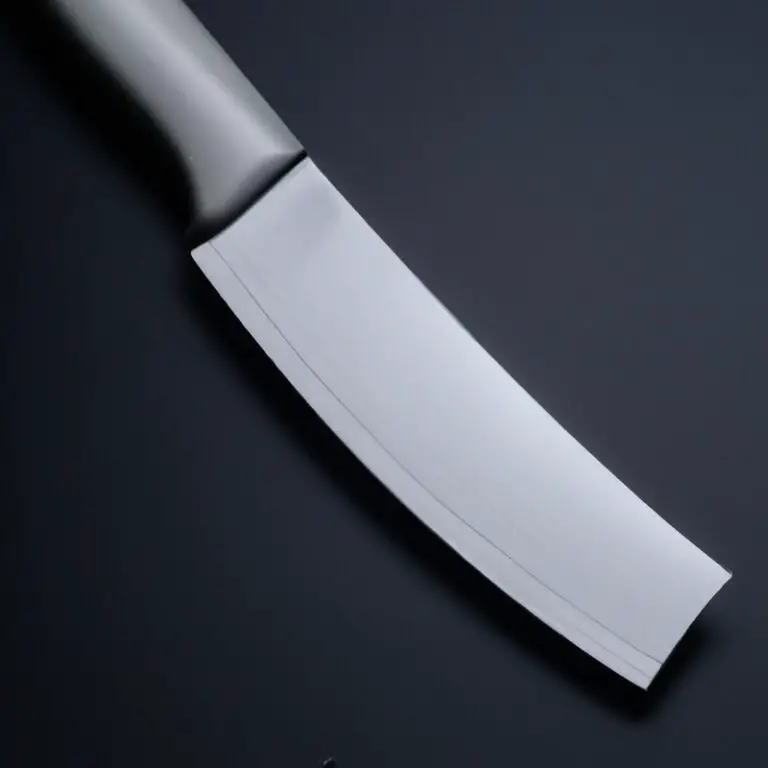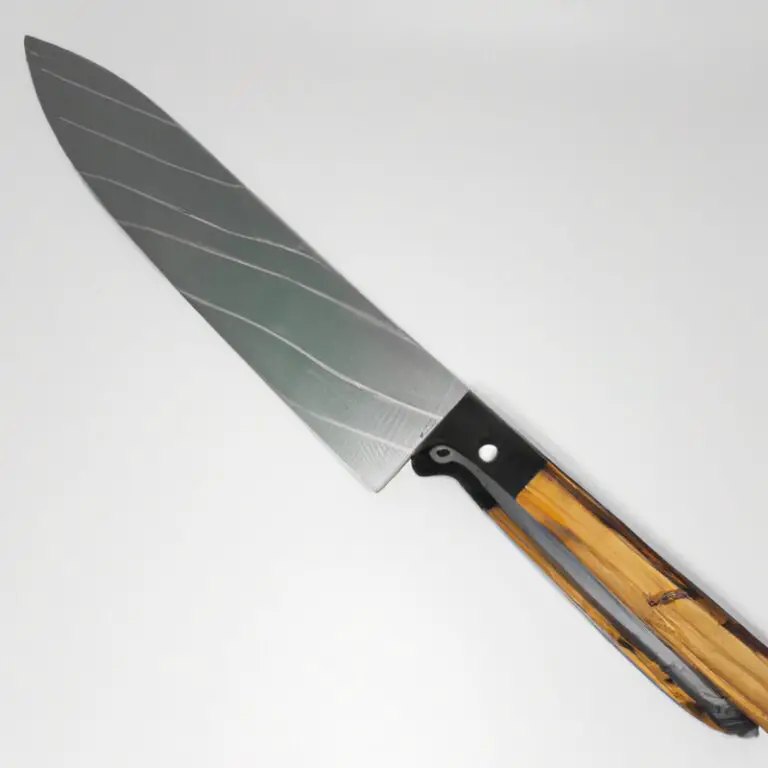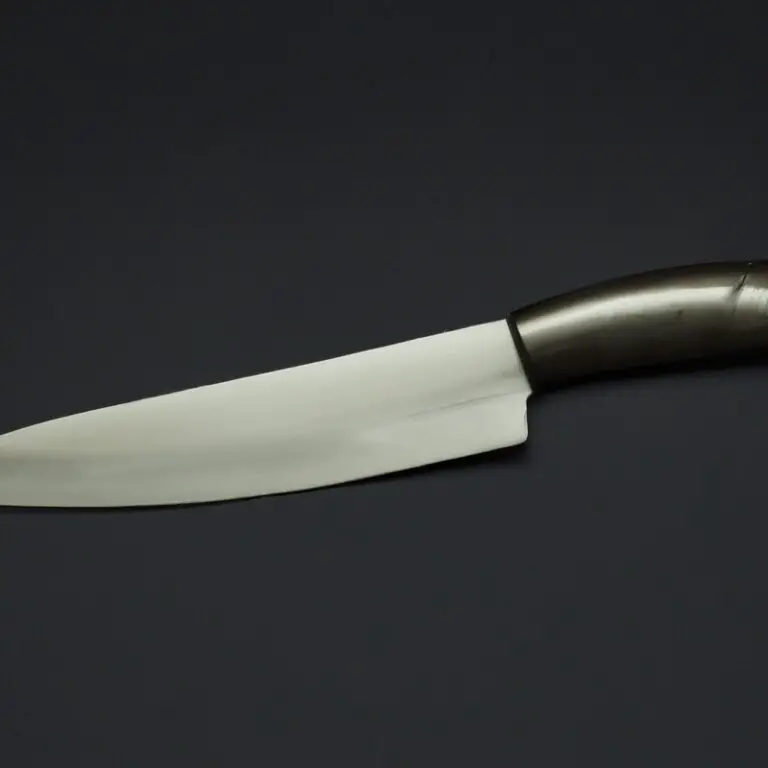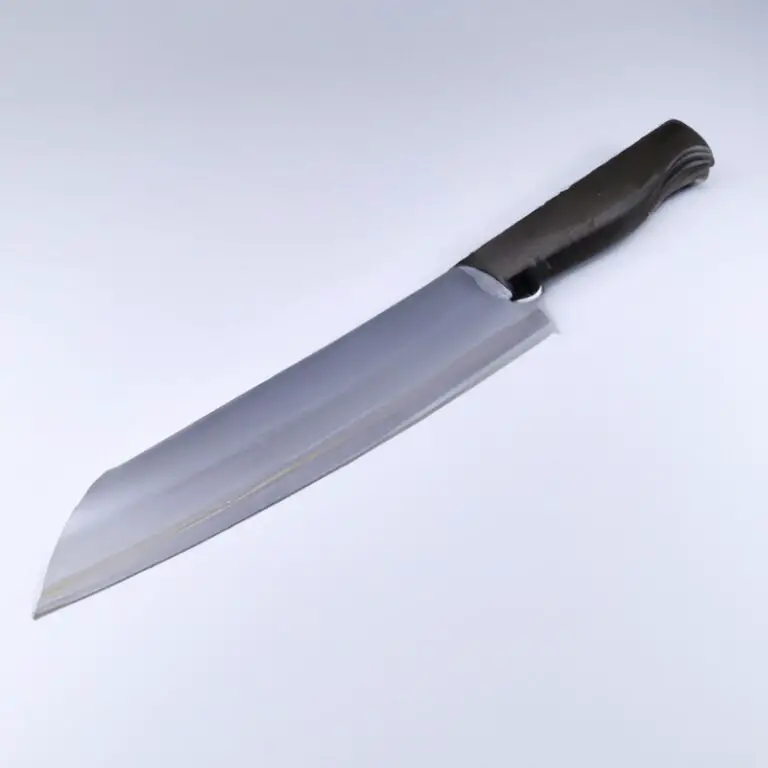How To Clean And Disinfect a Cutting Board Used With Gyuto Knives? – Safely!
Key Takeaways:
- Regular cleaning and disinfection of cutting boards used with Gyuto knives is crucial to maintaining food safety and hygiene.
- Use a combination of soap, water, and a disinfectant solution to effectively clean and disinfect your cutting board.
- Avoid using abrasive cleaners or materials which can damage the cutting board and compromise its safety.
- Proper cleaning and disinfection of your cutting board will help prevent the spread of harmful bacteria and ensure the longevity of both the cutting board and your Gyuto knives.
Cutting boards are a kitchen staple that we use almost every day. However, these boards can easily become contaminated with harmful bacteria if not properly cleaned and disinfected after use.
This is especially true when it comes to Gyuto knives, which require extra care due to their sharpness and potential to cause skin cuts.
As a cooking enthusiast, I have learned the hard way about the importance of cleaning and disinfecting my cutting board after each use. In this article, we’ll explore the step-by-step process for cleaning and disinfecting your cutting board, ensuring that it’s safe to use for years to come.
So let’s get started!
| Step | Method |
|---|---|
| Step 1 | Rinse the cutting board under running water, ensuring that all food residue and debris are removed. |
| Step 2 | Mix 1 tablespoon of dishwashing detergent powder with warm water to create a soapy solution. |
| Step 3 | Scrub the cutting board using a sponge or brush, paying special attention to any grooves or scratches. |
| Step 4 | Rinse the cutting board thoroughly under running water, ensuring that all soap residue is removed. |
| Step 5 | Dip a clean cloth in a mixture of 1 tablespoon of white vinegar and 1 cup of water. |
| Step 6 | Wipe down the cutting board with the cloth, ensuring that the entire surface is covered. |
| Step 7 | Allow the cutting board to air dry completely before using it again. |
| Note | It is essential to disinfect the cutting board regularly to prevent the growth of harmful bacteria. Repeat the process at least once a week. |
Importance of cleaning and disinfecting a cutting board used with Gyuto knives
It is essential to clean and disinfect a cutting board used with Gyuto knives to prevent cross-contamination and foodborne illnesses. Bacteria can thrive in the grooves and scratches left behind from knife cuts, even after washing with soap and water.
Failure to disinfect properly can cause harmful bacteria to spread onto other food items prepared on the same board, leading to foodborne illnesses.
Therefore, cleaning and disinfecting the cutting board after every use is crucial to maintain food safety.
Supplies needed for cleaning and disinfecting
To clean and disinfect a cutting board used with Gyuto knives, you will need the following supplies:
- Dish soap or detergent
- Water (preferably warm or hot
- White vinegar or bleach
- Clean sponge or cloth
- Cutting board oil or mineral oil (optional
- Cutting board scraper (optional
It’s important to use a dish soap or detergent to remove any food residue and dirt from the cutting board. Warm or hot water helps in dissolving the soap quickly and cleaning the board thoroughly.
White vinegar or bleach can be used for disinfecting the cutting board.
Vinegar is a natural disinfectant that helps in killing bacteria, while bleach is a more potent disinfectant that needs to be used carefully while handling. A clean sponge or cloth should be used for wiping the cutting board.
It’s best to have a separate cloth or sponge for your cutting board to avoid cross-contamination.
Cutting board oil or mineral oil can be used to prevent the board from drying and cracking and prolong its lifespan. A cutting board scraper can also be used to remove any tough stains or residue from the board.
By using these supplies correctly, you can keep your cutting board used with Gyuto knives clean and free from harmful bacteria.
Preparing the cutting board for cleaning
Before you begin cleaning your cutting board, it’s essential to prepare it properly. First, remove any leftover food particles, debris, or grease from the surface of the board using a plastic scraper or spatula.
Then, rinse the board with hot water to remove any excess dirt or residue.
Next, mix a solution of one-part white vinegar and four parts water in a spray bottle. Spray the solution generously over the board, making sure to cover the entire surface.
Leave the solution on the board for a few minutes to allow it to work its way into any crevices or cuts on the board’s surface.
Afterward, rinse the cutting board thoroughly with hot, soapy water, ensuring that you wash both sides of the board. Use a soft-bristled scrub brush to remove any stubborn stains or grime.
Rinse the board with hot water once more to wash off the soap and vinegar solution.
Finally, wipe the board dry with a clean, dry towel or cloth. Remember to clean and sanitize your cutting board after each use to ensure that it is free of harmful bacteria and other contaminants.
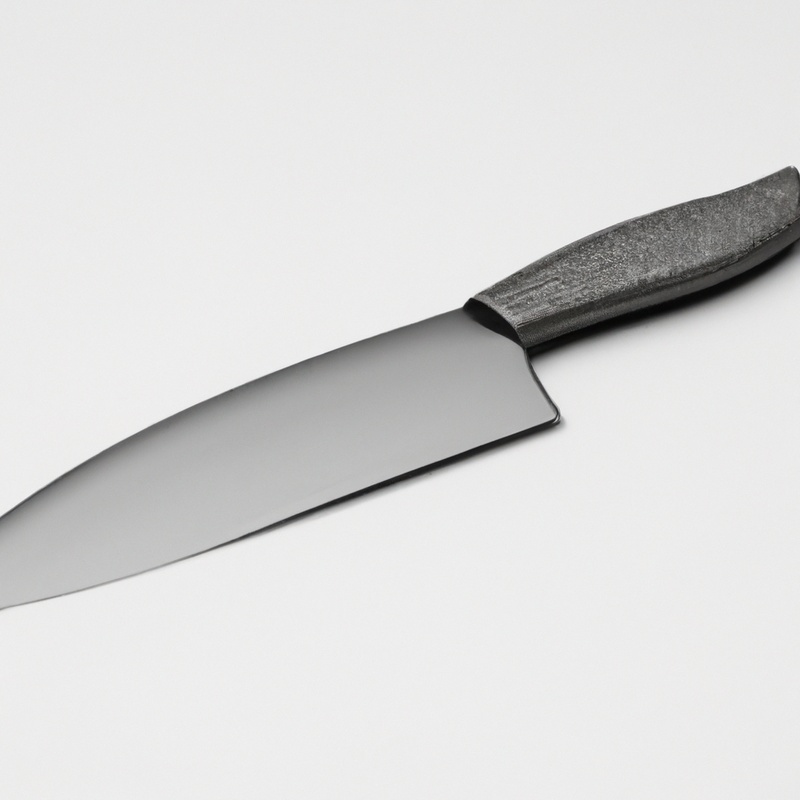
Cleaning the cutting board
Cleaning the cutting board is a crucial step in preventing contamination and ensuring a safe kitchen environment. To clean a cutting board, first, remove any large food particles and debris from the surface.
Then, use a mixture of hot water and dish soap to scrub the surface clean.
However, avoid using harsh chemicals or abrasive materials that can damage the board. Rinse the board thoroughly with hot water, and then dry it with a clean towel or let it air dry.
It’s recommended to clean the cutting board after every use, especially when dealing with raw meat or other potentially hazardous foods.
Proper cleaning and maintenance of the cutting board can help prevent the spread of harmful bacteria and extend its lifespan.
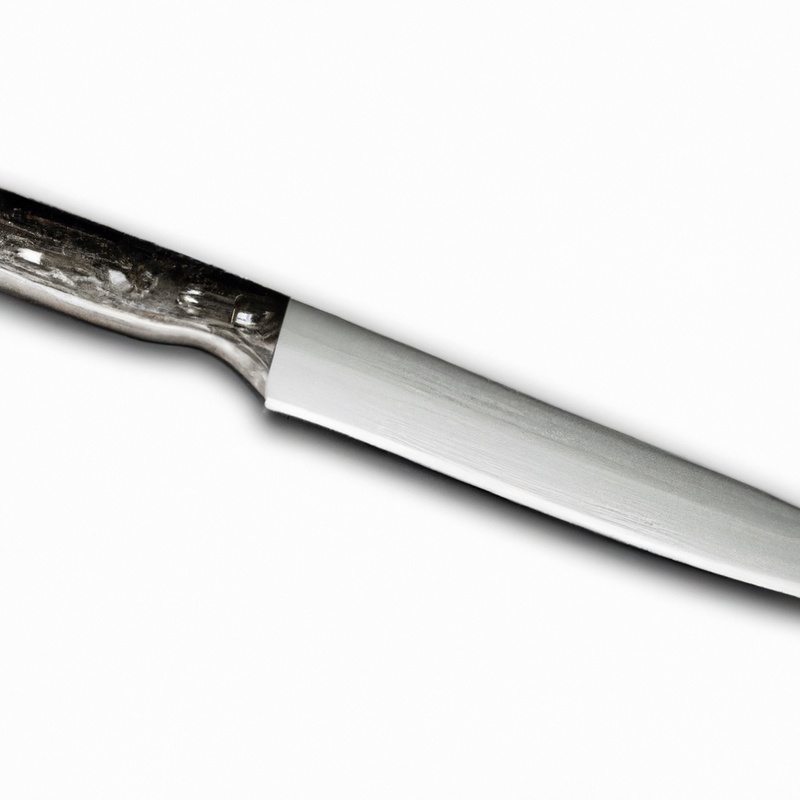
Disinfecting the cutting board
Disinfecting the cutting board is a crucial step in maintaining a hygienic and safe kitchen environment. The best way to disinfect your cutting board is by using a mixture of one tablespoon of bleach per gallon of water or a food-safe disinfectant spray.
Apply the solution to the surface of the board and let it sit for a few minutes before rinsing it off with hot water.
Avoid using hot water on wooden cutting boards as it can cause warping and splitting. Always allow the cutting board to air dry completely before storing it or using it again.
Drying the cutting board
Drying the cutting board is just as important as cleaning and disinfecting it. Moisture left on the board can lead to the growth of bacteria, mold, and mildew.
To properly dry the cutting board, use a clean towel or dishcloth to remove any excess water.
Then, set the board on its side or prop it up against the wall to allow air to circulate around it. Avoid stacking or storing the board in a damp area, as this can create a breeding ground for bacteria.
Once the board is completely dry, it is ready to use again.
Maintaining the cutting board to prevent contamination
Maintaining the cutting board is essential to prevent contamination in the kitchen. Here are some tips to follow to maintain your cutting board:
- Always wash your cutting board with hot soapy water after every use.
- Rinse your cutting board thoroughly with hot water after washing.
- Sanitize your cutting board with a solution of one tablespoon of bleach to one gallon of water.
- Dry your cutting board thoroughly after washing to prevent bacterial growth.
- Oil your cutting board with food-grade mineral oil or beeswax after each use to protect the surface and prevent the board from cracking.
- Replace your cutting board when it becomes excessively worn, gouged, or split, as it will become difficult to adequately sanitize.
By properly maintaining your cutting board, you can ensure that it remains a safe and sanitary tool in your kitchen.
Tips for cleaning and disinfecting other kitchen tools
In addition to cleaning and disinfecting cutting boards, other kitchen tools should also be regularly sanitized to prevent cross-contamination of bacteria and other harmful germs. Here are some tips for cleaning and disinfecting other kitchen tools:
- Utensils – Wash utensils with hot, soapy water and rinse thoroughly. Use a separate sponge or cloth to avoid cross-contamination.
- Countertops – Wipe down countertops with a disinfectant spray or a solution of 1-part vinegar and 3-parts water.
- Can openers – Wash can openers with hot, soapy water and use a toothbrush to clean hard-to-reach areas. Then, spray with a disinfectant and let it sit for a few minutes before wiping clean.
- Thermometers – Wipe the probe with a disinfectant wipe before and after each use.
- Pots and pans – Wash pots and pans with hot, soapy water and use a scrub brush if necessary. To sanitize, boil in water for 10 minutes or use a dishwasher with a sanitizing cycle.
By properly cleaning and disinfecting kitchen tools, you can ensure a safe and healthy environment for food preparation and cooking.
Final Verdict
Proper cleaning and disinfection of a cutting board used with Gyuto knives is essential to maintain food safety and prevent cross-contamination. By following the steps outlined in this article and using the necessary supplies, you can ensure that your cutting board is free of harmful bacteria and safe to use.
Remember to maintain your cutting board regularly to prevent contamination.
As a kitchen enthusiast or professional, it is our obligation to keep our tools clean and safe for our loved ones and consumers. By implementing our tips for cleaning and disinfecting other kitchen tools, you can guarantee a safe and healthy cooking environment, and the prevention of foodborne disease.
Always prioritize hygiene, and your kitchen will be a source of joy and pleasure for all that use it.

